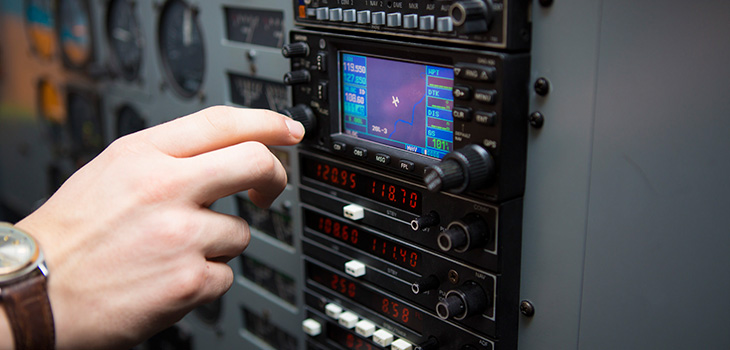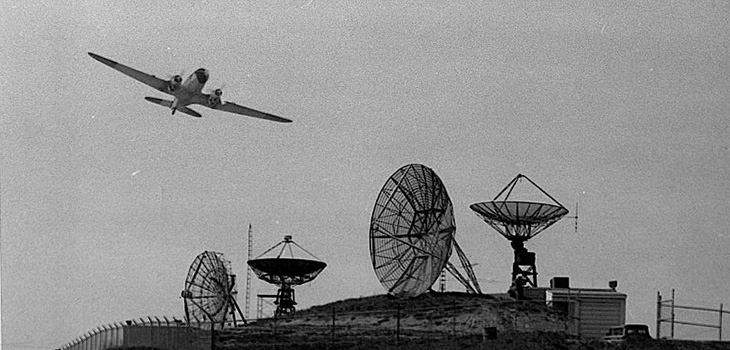About
Established in 1963, the Avionics Engineering Center pioneered the combination of technical research and solution development in the areas of electronic navigation, communication, and surveillance systems related to air transportation. The center conducts ongoing research for the Federal Aviation Administration, public and private air transportation facilities and manufacturers, and various state and federal agencies.
Our researchers and administrative employees support the research, design, and testing of technology for use in navigation, landing, and warning systems for civilian and military aircraft to ensure safe operation with other aircraft and in undesirable conditions. We create for good by keeping our national airspace safe and by advancing the development of autonomous vehicles that can be used in civilian applications like crop inspection and search-and-rescue operations.
The largest research center at Ohio University, the Avionics Engineering Center supports the academic mission of the School of Electrical Engineering and Computer Science (EECS), and many of our faculty and staff teach EECS courses and advise graduate students. A student at the Russ College has the unique opportunity to pursue studies at the premier avionics research institute in the country (click here for a list of the unique avionics-related courses offered).
The unique mix of graduate level courses and research centered around aviation has enabled Ohio University EECS graduates receiving the prestigious RTCA William E. Jackson Award 18 times out of the last 41 years. The RTCA William E. Jackson Award is presented to an outstanding graduate student in the field of aviation electronics and telecommunications. This award is a memorial to William E. Jackson, a pioneer in the development and implementation of the nation’s air traffic control system and an enthusiastic supporter of student engineers.
If you’re already working in the aeronautical or aerospace industries, the Russ College also offers an online Master of Science in Electrical Engineering with an optional specialization in Electronic Navigation Systems built on the expertise of our many faculty researchers at the Avionics Engineering Center. For more info., contact Program Director Jeff Dill at 740.593.1572.
Mission
Our mission at the Avionics Engineering Center is to improve the safety and reliability of air transportation by developing technology for navigation, guidance, communication, control, and surveillance. We also provide premier education and training opportunities to future avionics professionals who will advance the frontiers of aviation electronics. Through our affiliation with the School of Electrical Engineering and Computer Science in the Fritz J. and Dolores H. Russ College of Engineering and Technology, both undergraduate and graduate students have the opportunity to see their coursework come to life outside the classroom under the guidance of our expert faculty, research engineers and technologists.
History
The Ohio University Avionics Engineering Center specializes in the research, development, and evaluation of electronic navigation, communication, and surveillance systems.
Established in 1963 by the late Richard McFarland, the center was created to support a unique combination of theoreticians, subject matter experts and technical specialists who could address navigational issues encountered in air transportation and supply immediate, practical solutions. Originally housed in a collection of buildings atop Radar Hill on the south end of campus (now part of The Ridges complex), the center was formed as the Avionics Research Group within Ohio University’s Department of Electrical Engineering. In 2004, the center relocated much of its research and training operations to the Richard H. McFarland Avionics Building, featuring 12,000 square feet of office, laboratory, and conference space on the grounds of the Ohio University Airport about 10 miles south of the Athens campus.
The last 50 years of Dr. McFarland’s legacy have yielded remarkable results. Current research projects, including enhanced operations in low visibility conditions, Local Area Augmentation Systems, and Automatic Dependent Surveillance - Broadcast, create for good by sustaining and improving safety, navigation and communication in air transportation.

